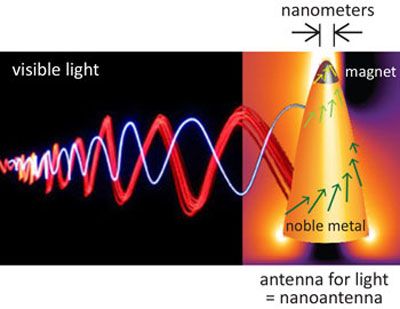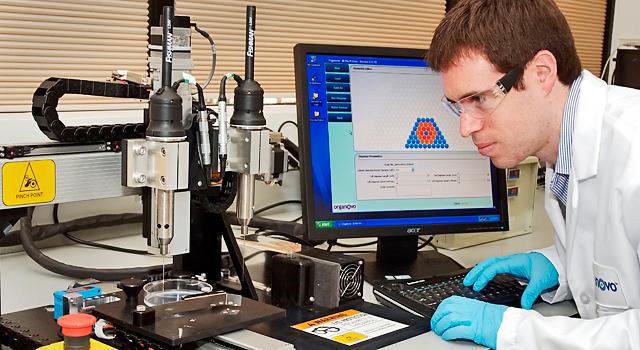These days, it’s not hard to find someone predicting that robots will take over the world and that automation could one day render human workers obsolete. The real debate is over whether or not the benefits do or do not outweigh the risks. Automation Expert and Author Dr. Daniel Berleant is one person who is more often on the side of automation.
There are many industries that are poised to be affected by the oncoming automation boom (in fact, it’s a challenge to think of one arena that will not in some minimal way be affected). “The government is actually putting quite a bit of money into robotic research for what they call ‘cooperative robotics,’” Berleant said. “Currently, you can’t work near a typical industrial robot without putting yourself in danger. As the research goes forward, the idea is (to develop) robots that become able to work with people rather than putting them in danger.”
While many view industrial robotic development as a menace to humanity, Berleant tends to focus on the areas where automation can be a benefit to society. “The civilized world is getting older and there are going to be more old people,” he said. “The thing I see happening in the next 10 or 20 years is robotic assistance to the elderly. They’re going to need help, and we can help them live vigorous lives and robotics can be a part of that.”
Berleant also believes that food production, particularly in agriculture, could benefit tremendously from automation. And that, he says, could have a positive effect on humanity on a global scale. “I think, as soon as we get robots that can take care of plants and produce food autonomously, that will really be a liberating moment for the human race,” Berleant said. “Ten years might be a little soon (for that to happen), maybe 20 years. There’s not much more than food that you need to survive and that might be a liberating moment for many poor countries.”
Continue reading “Does The Potential of Automation Outweigh The Perils?” »

















